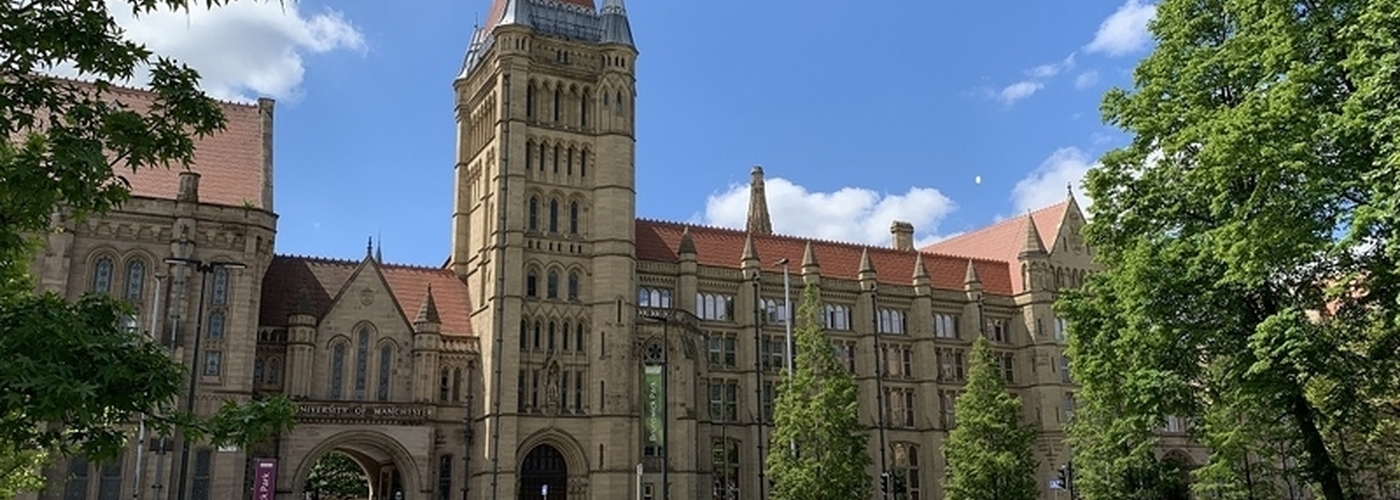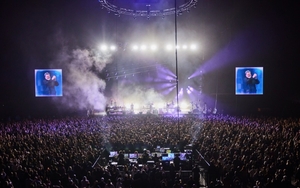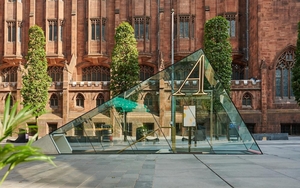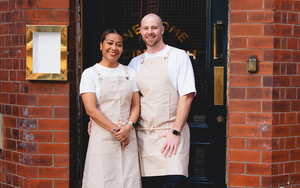Jeremy Hunt names AI prize for innovators, SIM's Director Sally Macdonald adds context
6 minute read
This was the statement by Chancellor of the Exchequer Jeremy Hunt in his March budget statement in the House of Commons. It's a sweet honour for our innovative city.
“To strengthen our position in artificial intelligence (AI), in which the UK hosts one third of European companies, I’m accepting all nine of the digital technology recommendations made by Sir Patrick Vallance in the review I asked him to conduct in the autumn statement.
“I can report that we will launch an AI sandbox to help innovators get cutting edge products to market. We’ll work at pace with the Intellectual Property Office to provide clarity on IP rules so generative AI companies can access the material they need. And we’ll ask Sir Patrick’s successor Dame Angela McLean to report before the summer on options on growth duty for regulators.
“Because AI needs computing horsepower I today commit around £900m of funding to implement the recommendations of the computing review for an exascale computer. The power needed by AI’s complex algorithms can also be provided by quantum computing. So today we’ll publish our quantum strategy to set out our ambition to be a world-leading quantum-enabled economy by 2033 with a research and innovation programme totalling £2.5bn.
“I also want to encourage the best AI research to take place in the UK so we’ll award a prize of £1m every year for the next ten years to the person or team that does the most ground-breaking British AI research.
“The world’s first stored programme computer was built at the University of Manchester in 1948 and was known as the Manchester Baby. 75 years later the baby has grown-up so I will call the AI award the Manchester Prize in its honour.”
And here's another quote...
It was Williams and Kilburn who created 'Baby', a replica of which can be seen in the Science and Industry Museum in Manchester. The breakthrough moment was recalled by Freddie Williams in one of the great Manchester quotes.
"A programme was laboriously inserted and the start switch pressed. Immediately the spots on the display tube entered a mad dance. In early trials it was a dance of death leading to no useful result, and what was even worse, without yielding any clue as to what was wrong. But one day it stopped, and there, shining brightly in the expected place, was the expected answer. It was a moment to remember. This was in June 1948, and nothing was ever the same again."

Science and Industry Museum's director, Sally Macdonald picks up the story
The Manchester prize — welcome recognition for a city that’s the birthplace of modern computing — was announced by the Chancellor as part of a ‘quantum strategy’ with a research and innovation programme totalling £2.5 billion.
Manchester has earned its place in computing history and continues to be a pioneer in computer science today.
On 21 June 1948, the world’s first stored program computer, the Manchester Small-Scale Experimental Machine, later nicknamed ‘Baby’, completed its first successful run, at the University of Manchester, proving the basic blueprint still used in billions of computers today.
Manchester scientists and engineers put the city at the forefront of a global technological revolution.
In 1951, the Moston Ferranti factory produced the world’s first commercially available computer, the Ferranti Mark 1. During the 1980s, the first ARM chips, which now power smartphones around the world, were co-designed by a Mancunian. Millions of 1980s home computers like the ZX Spectrum and BBC Micro, relied on ULA microchips developed by Ferranti in Manchester. Still today, there is a wealth of technical innovation happening across the city. Manchester really is a city of computing.
The original Baby computer was built using technology developed for Second World War radar and communications equipment.
At the Science and Industry Museum a full-scale replica of ‘Baby’, built from 1940s vintage parts, delights hundreds of thousands of visitors a year. Kids marvel that it’s the ancestor of their phone or tablet (and try to imagine a pre-digital world) and our talented team of volunteers inspire wonder by running programs on it live in the gallery, demonstrating how far computing has come since 1948.
Our replica was built in 1998, with the guidance of the original designers, to mark the 50th anniversary of the world’s first stored-program computer. The original no longer exists, so this is the closest you’ll get to an important piece of computing history, which took place right here in Manchester.
The world’s first stored-program computer was the first step to the world that we know today, as even modern computers build upon Baby’s basic principles.
Baby was just a prototype, but it led to the development of the Ferranti Mark 1, the world’s first commercially available computer. The museum also displays earlier examples of technology that inspired the development of computing, including the iconic Jacquard Loom in our Textiles Gallery, which used punch cards to create patterned cloth in the industrial revolution – a precursor to the binary code used in early computing.
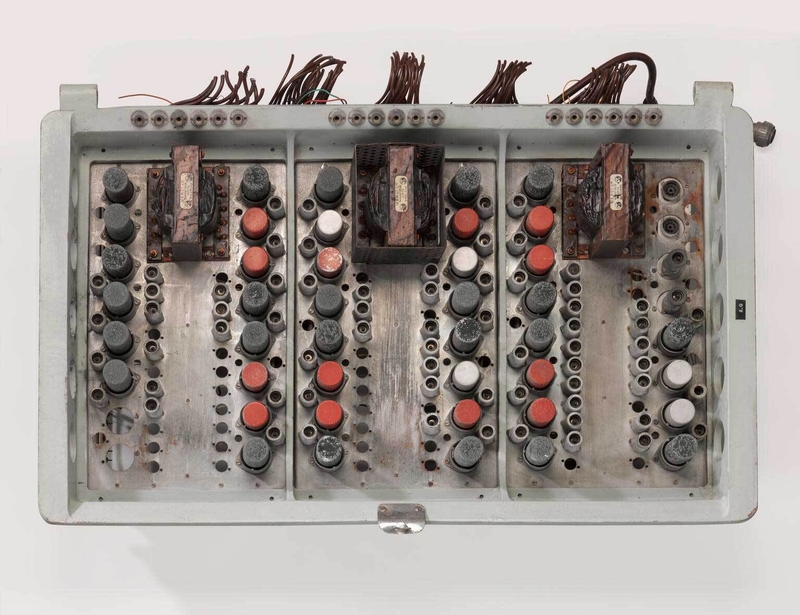
The world’s first stored-program computer was the first step to the world that we know today, as even modern computers build upon Baby’s basic principles.
Baby was just a prototype, but it led to the development of the Ferranti Mark 1, the world’s first commercially available computer. The museum also displays earlier examples of technology that inspired the development of computing, including the iconic Jacquard Loom in our Textiles Gallery, which used punch cards to create patterned cloth in the industrial revolution – a precursor to the binary code used in early computing.
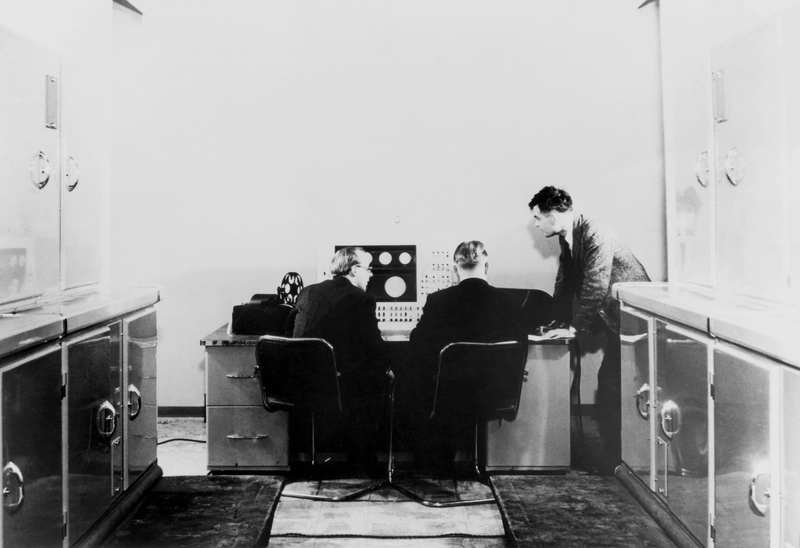
Computing genius Alan Turing was one of the earliest users of the Manchester Baby and did some of his most innovative thinking here in Manchester.
In particular, his 1950 article ‘Computing Machinery and Intelligence’ helped lay the foundations for what we now call artificial intelligence. We are delighted to have recently added material from the campaign for Alan Turing’s pardon (following his historic gross indecency conviction under the discriminatory laws of the time) to the Science Museum Group’s permanent collection. It joins objects relating to some of Turing’s most significant achievements, including the ‘Pilot ACE’ computer and archive material and components from the Ferranti Mark 1.
Science and Industry Museum, Liverpool Road, Manchester, M3 4FP
Get the latest news to your inbox
Get the latest food & drink news and exclusive offers by email by signing up to our mailing list. This is one of the ways that Confidentials remains free to our readers and by signing up you help support our high quality, impartial and knowledgable writers. Thank you!






